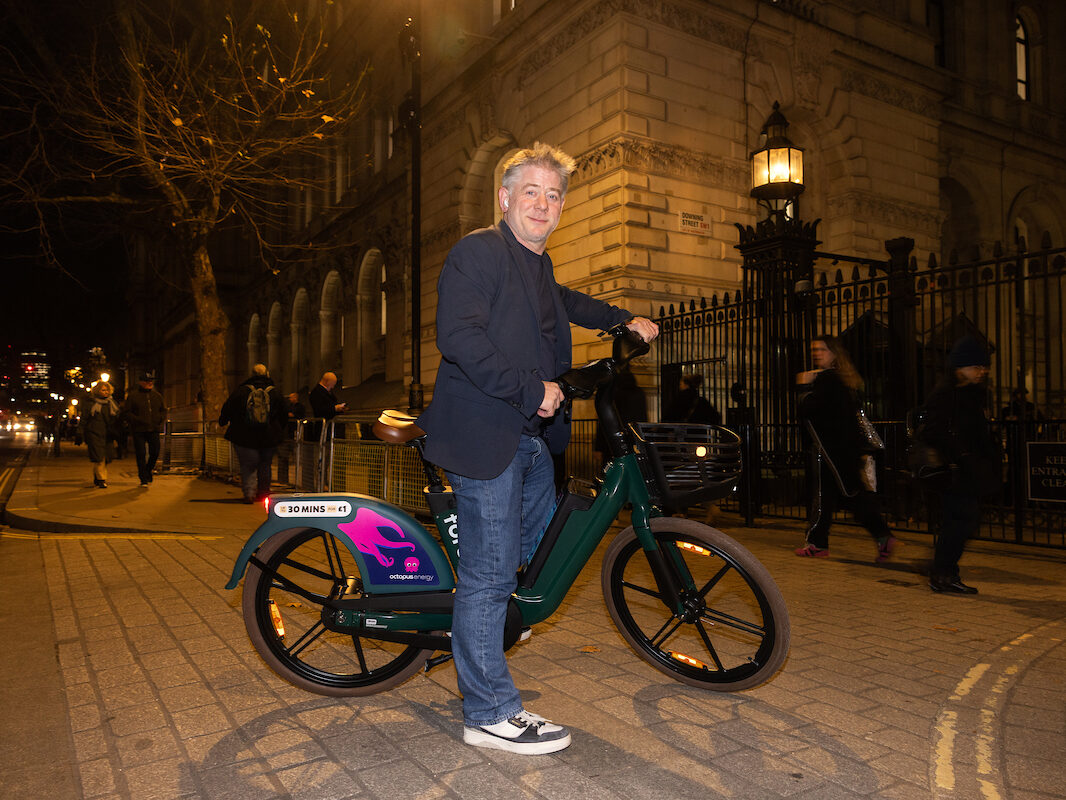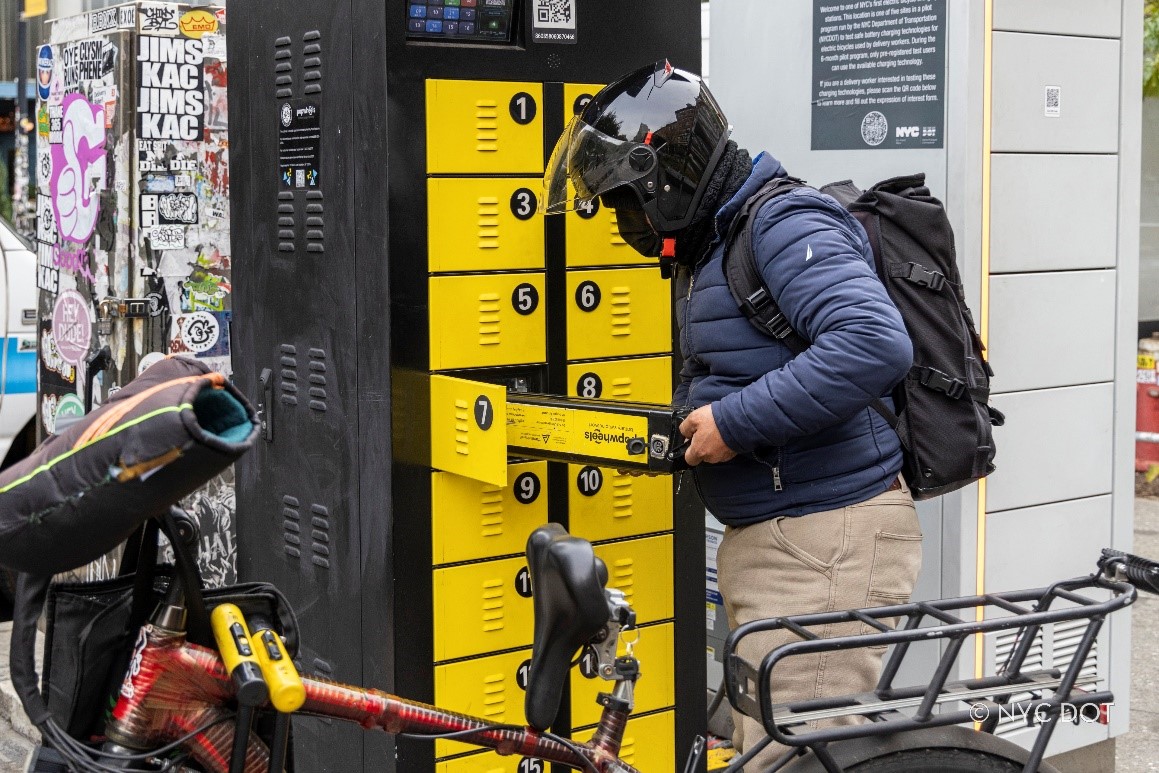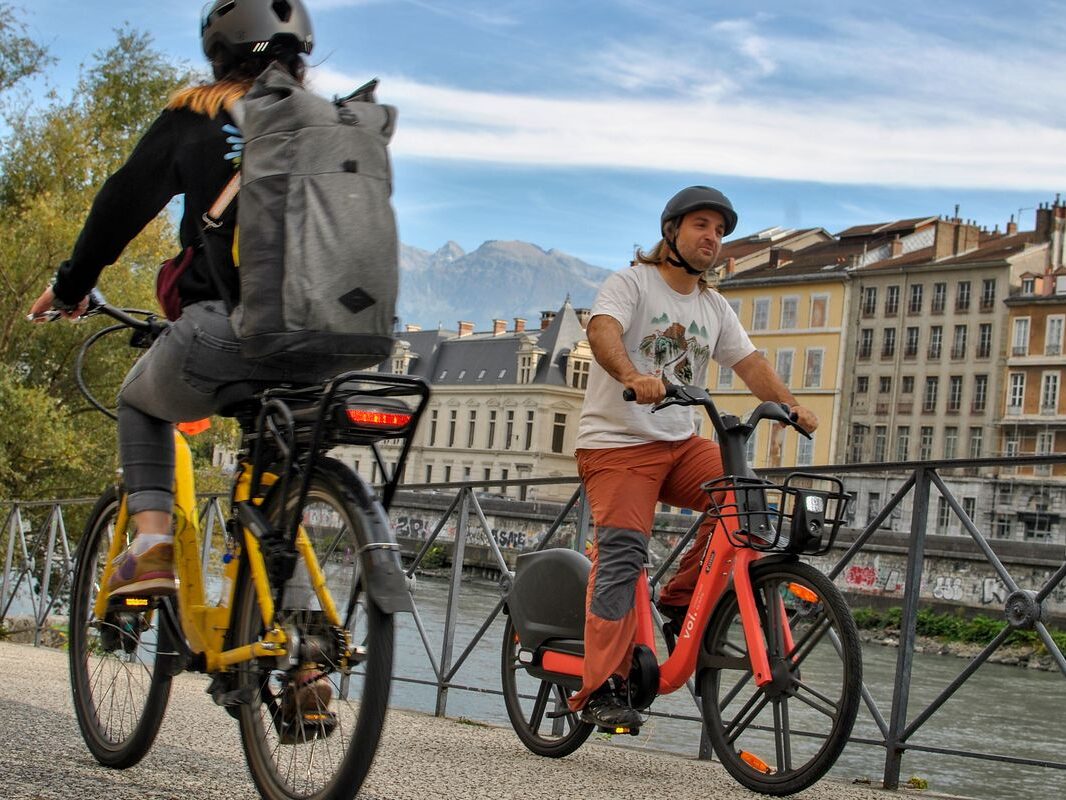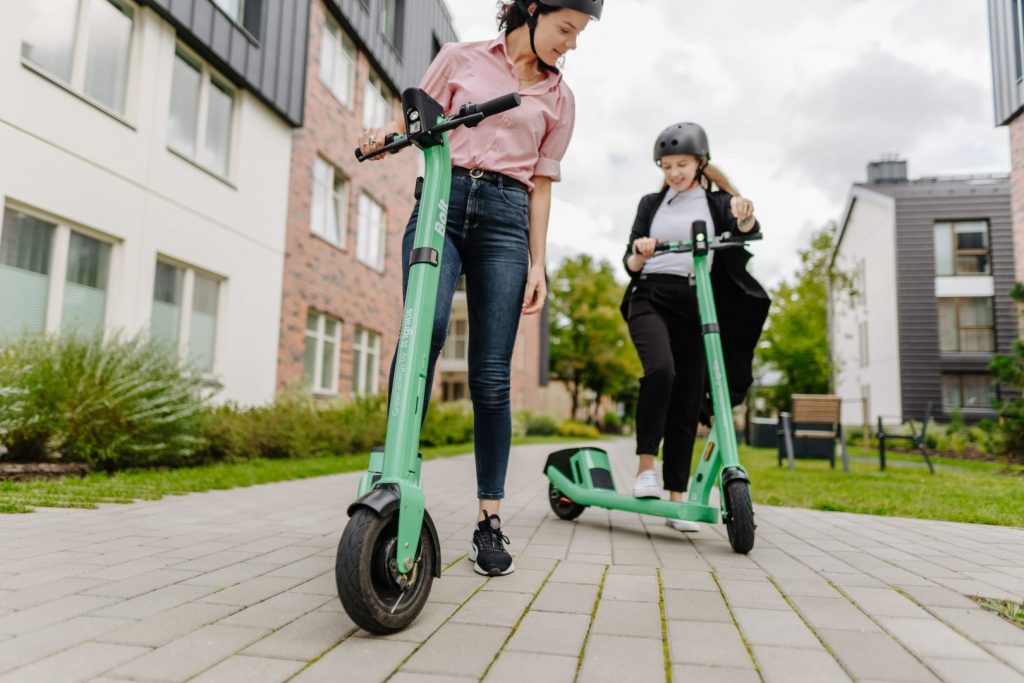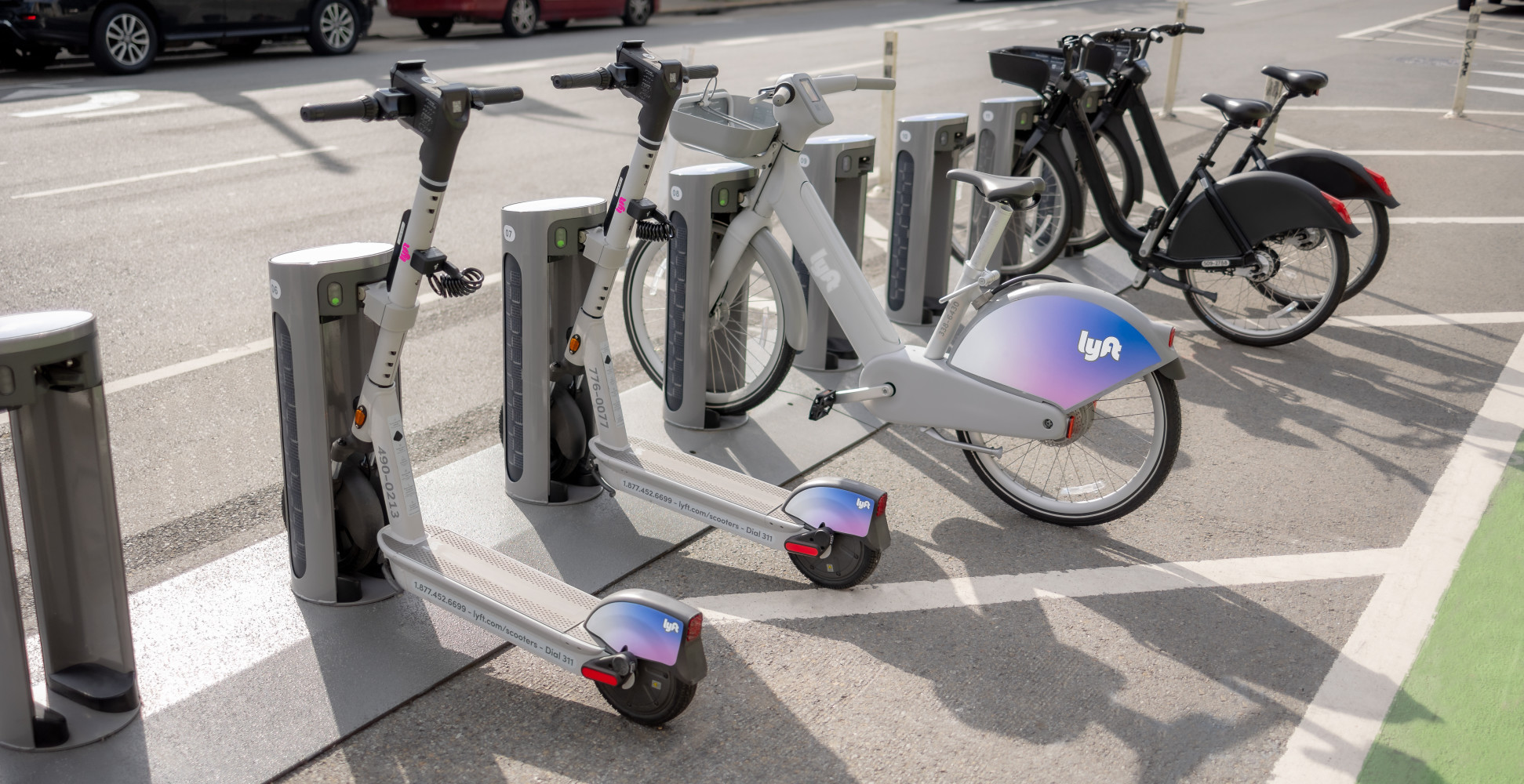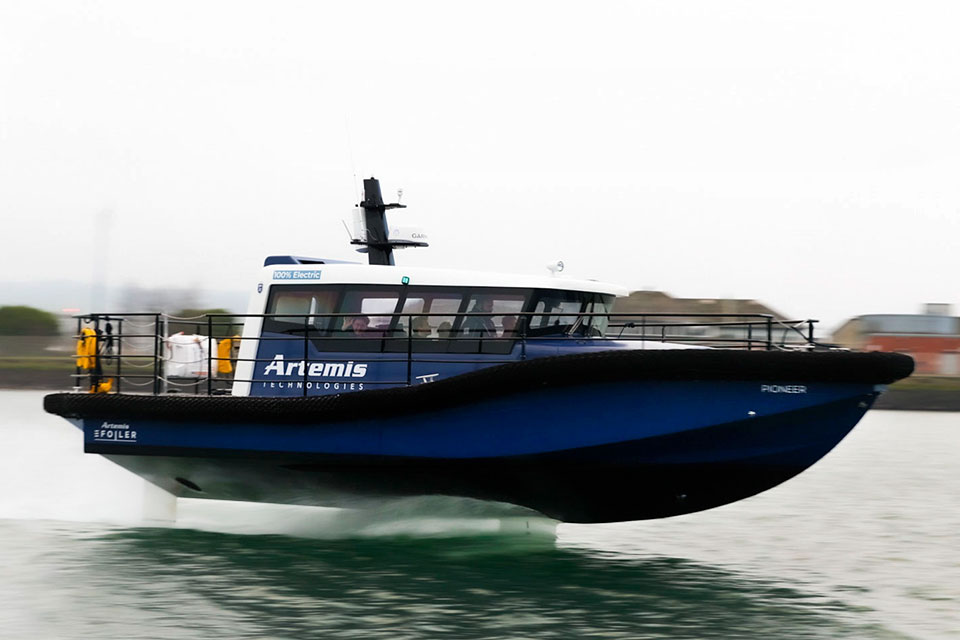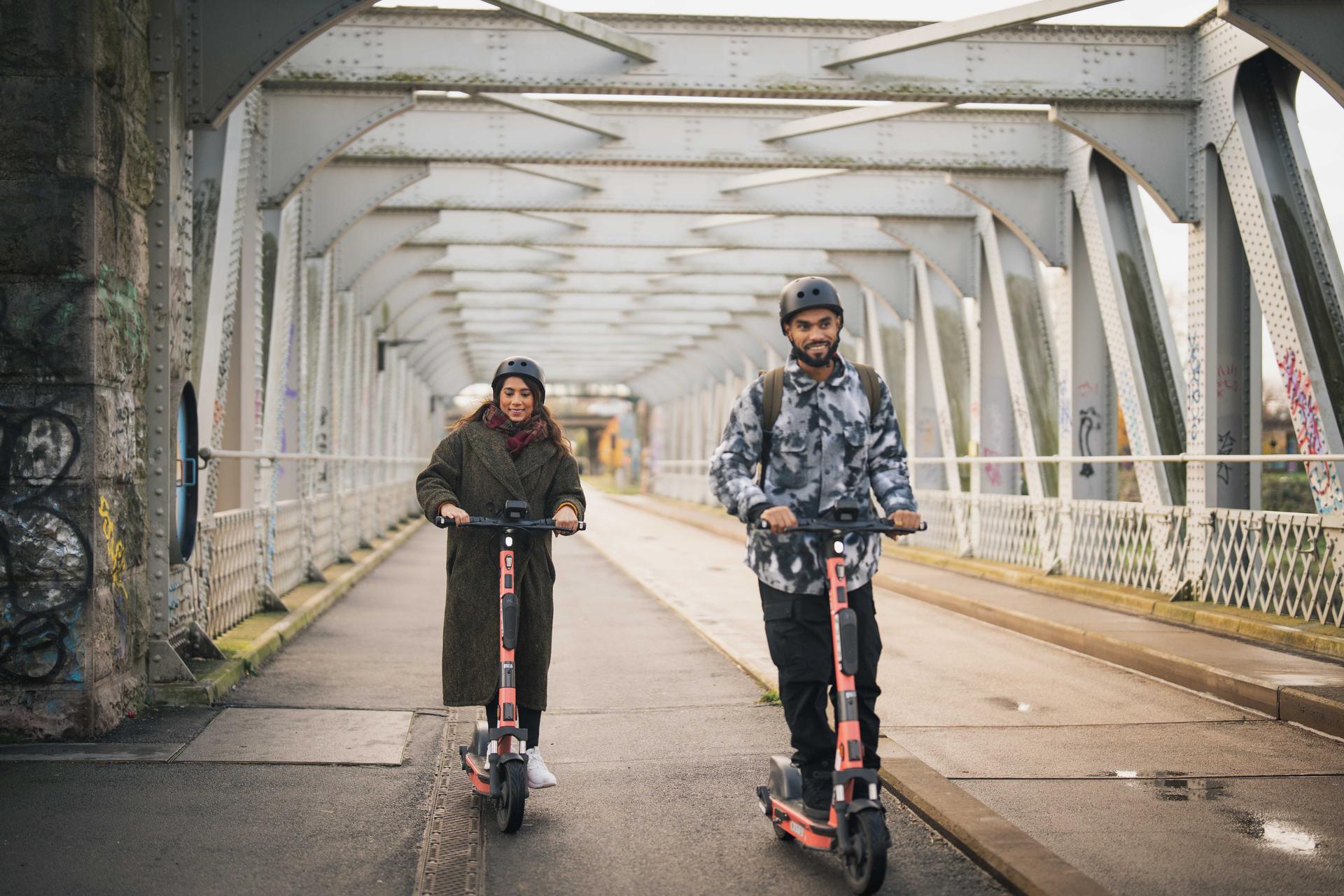The European Transport Safety Council (ETSC) and the UK Parliamentary Advisory Council for Transport Safety (PACTS) have published a report outlining safety recommendations for e-scooter ridership in Europe.
The report responds to the increased use of e-scooters over the last five years. It establishes a series of safety recommendations based on available data from sources such as hospital studies and vehicle safety testing results.

PACTS Executive Director David Davies said:We are very pleased to work with ETSC on this report. E-scooters are a new mobility option in cities across Europe. In many countries, regulations are still catching up. PACTS and ETSC have set out the main safety implications for riders and pedestrians and the basic regulations needed for safe use.
Regulations for e-scooters currently vary greatly across Europe, with rules on minimum age, maximum speed and use of helmets differing between countries and cities.
ETSC and PACTS now hope to promote common technical standards and consistent recommendations for e-scooter usage.
Their recommendations include:
- A minimum rider age of 16, or a limit consistent with the age for riding a moped
- Mandatory helmets
- A ban on riding with passengers, on pavements, while using a handheld mobile phone and under the influence of alcohol or drugs
- A factory-set speed limit of 20 kilometres per hour and a 250W power limit
- Anti-tampering measures to prevent use at unsafe speeds
- A minimum wheel size of 30.5 centimetres
- Independent front and rear brakes, lights, indicators and an audible warning device
While the report is limited to technical requirements and rules for riders, ETSC highlights that its existing recommendations for safety improvements are also relevant. These include additional 30 kilometre per hour speed limits for motor vehicles, separated cycle lanes, low-traffic zones and higher levels of enforcement.
Antonio Avenoso, Executive Director of the European Transport Safety Council said:E-scooters are now a common sight in European cities, but sadly so too are seriously injured e-scooter riders in hospitals. To break the link between the increased numbers of these vehicles, and the increased numbers of injuries, we need some sensible measures to keep riders and other road users safe.
E-scooters can play a role in sustainable cities of the future, which must prioritise the safety of vulnerable road users, using modes of transport that are much less risky to other road users than cars, vans and lorries.
So while we think e-scooters should go at a safe speed, and their riders should wear helmets, it is also the responsibility of cities to put in place the kind of safe road environment, with a network of separate cycle lanes, and appropriate speed limits, that is essential to greater safety for all.



